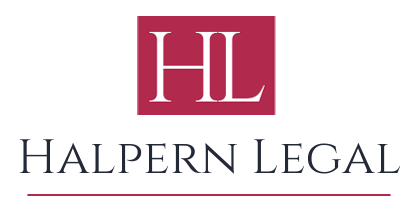Walking into a store, office, or any property, we seldom consider the potential hazards that may lurk beneath the seemingly safe environment. However, when accidents occur due to negligence or unsafe conditions on a property, the victim may have the right to file a premises liability claim. In such instances, the role of a premises liability lawyer becomes pivotal in establishing liability and securing justice for the injured party. Today, our friends from Kiefer & Kiefer explain in greater detail how they (and other personal injury lawyers) prove liability to secure compensation for their clients in premises liability lawsuits.
Duty Of Care
The foundation of any premises liability case lies in establishing a duty of care owed by the property owner or occupier to the injured party. A skilled lawyer begins by examining the relationship between the injured person and the property owner, determining whether the injured party was an invitee, licensee, or trespasser. Property owners owe varying degrees of care to different categories, with invitees receiving the highest standard of care.
Negligence And Breach
Once the duty of care is established, the lawyer must prove negligence on the part of the property owner. This involves demonstrating that the owner knew or should have known about the hazardous condition but failed to address it. Lawyers often delve into maintenance records, inspection reports, and surveillance footage to uncover evidence of negligence. Whether it’s a slippery floor, uneven surface, or inadequate security measures, proving a breach of the duty of care demonstrates the property owner’s negligence, and therefore their liability for any injury occurring on their property.
Causation
Establishing negligence alone is not sufficient; lawyers must also prove that the negligent actions or conditions were the direct cause of the injuries sustained by the plaintiff. This can be a complex task, requiring a careful examination of medical records, expert testimonies, and other evidence to establish a clear link between the unsafe conditions and the injuries suffered.
Foreseeability
An effective strategy in proving liability involves demonstrating that the property owner should have reasonably foreseen the potential dangers associated with the unsafe conditions. This requires lawyers to explore past incidents, complaints, or any history of similar accidents on the property. If the property owner had prior knowledge of similar issues and failed to take corrective measures, it strengthens the argument for liability.
Comparative Negligence
In some premises liability cases, the defense may argue that the injured party bears some degree of responsibility for their own injuries. A skilled lawyer counters this by proving that the property owner’s negligence played a substantial role in the incident. Even if the injured party was partially at fault, the property owner’s failure to uphold the duty of care remains a key element in establishing liability. It’s important to note that each state has different standards for comparative negligence. If you live in a comparative negligence state, then your attorney may have to establish that you contributed less than half of the blame for the accident; otherwise, you may not be eligible for compensation.
A Skilled Premises Liability Attorney Can Help You Get Compensation
In the intricate realm of premises liability cases, the task of proving liability falls squarely on the shoulders of adept lawyers. From establishing a duty of care to uncovering evidence of negligence, causation, and foreseeability, each step in the process requires diligence and expertise. Lawyers ensure that justice is served, holding property owners accountable for the safety of their premises and providing recourse for those who have suffered due to their negligence.
